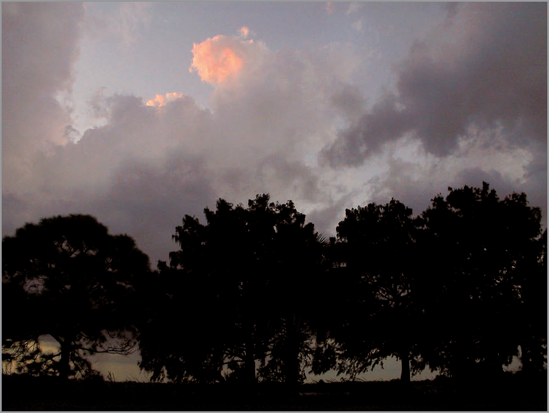Chapter 5. MAKING CREATIVE EXPOSURE CHOICES

Although much of the creativity involved in making a photograph is in subject selection, composition, and lighting, exposure also has an important role to play as a creative tool. Much more goes into exposure than the perfunctory process of properly recording the creative masterpiece you see in the viewfinder.
In this chapter, you find out why you may not want to let the camera do the work and why it's often better to take matters into your own hands. By exercising creative control over exposure, you can control subject motion and depth of field. More importantly, you can use exposure to control how values are rendered in your photograph. You can render the scene as accurately as possible, with a full tonal range, or you can elect to shift the natural values lighter or darker for creative effect. For example, in figure 5-1, the photographer deliberately chose to underexpose the image compared to the metered exposure, thus making the image darker, which accentuated the sky and reduced the trees to a silhouette.
Selecting the Best Exposure
The multi-area metering modes (sometimes called matrix or evaluative metering) that are available in most modern cameras are very good at determining the nominally correct exposure value for most scenes. As a result, you can often use the camera's automatic exposure system to capture a reasonably faithful rendering ...
Get Exposure and Lighting For Digital Photographers Only now with the O’Reilly learning platform.
O’Reilly members experience books, live events, courses curated by job role, and more from O’Reilly and nearly 200 top publishers.

